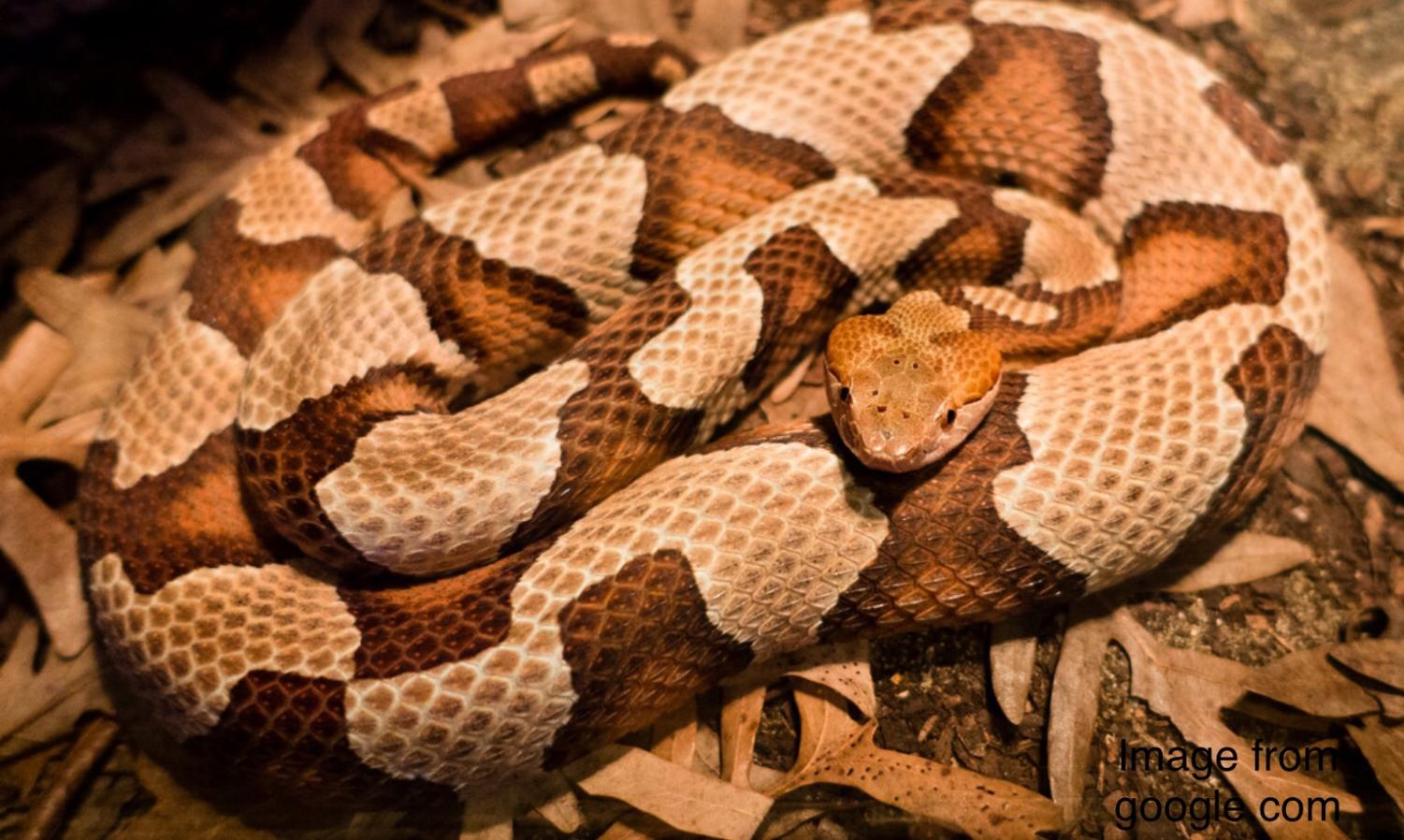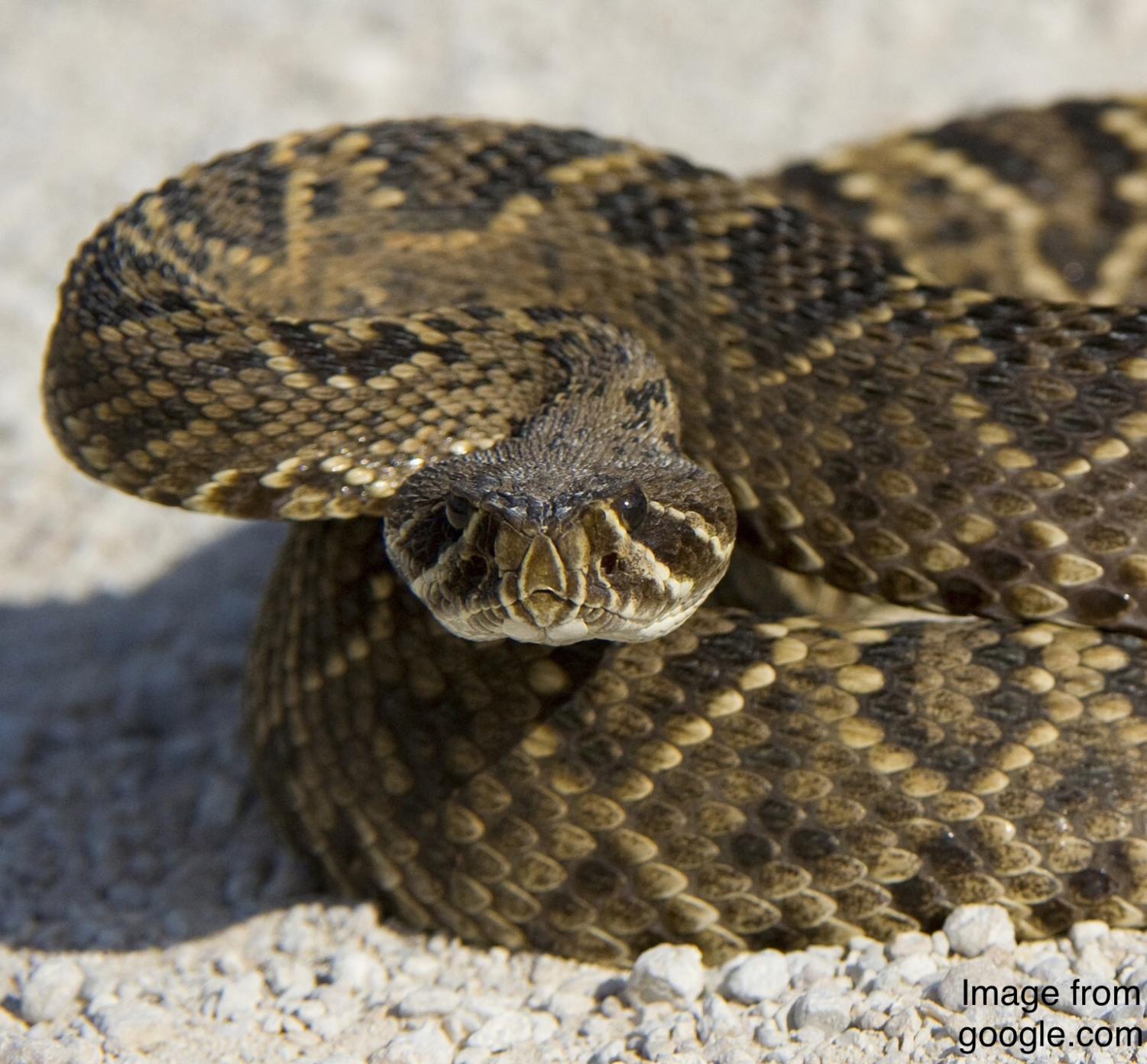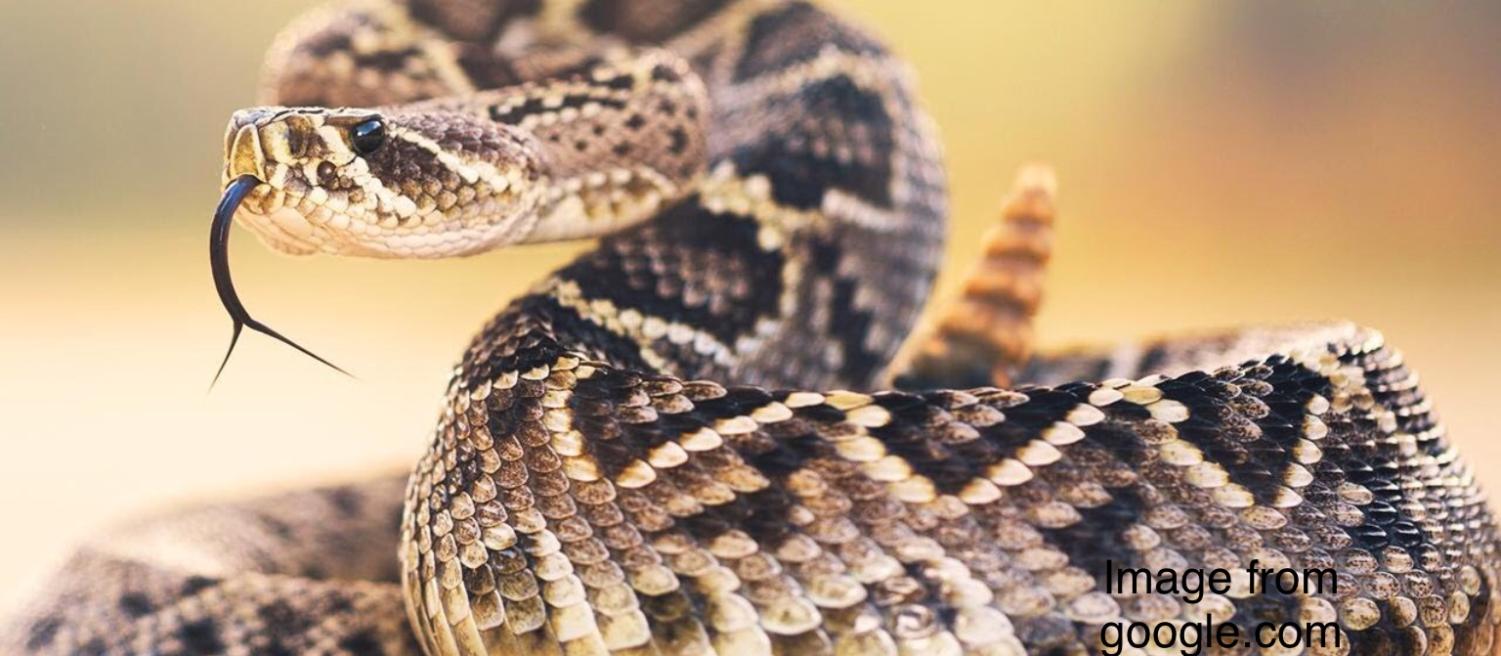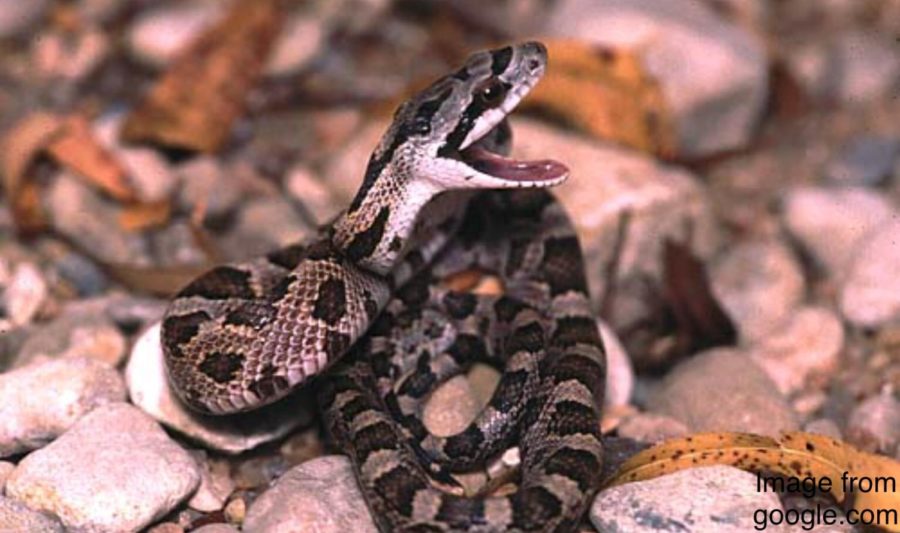Snake Season
April 12, 2021
Accompanying warm weather and summertime, snakes are coming out of hibernation. Like it or not, it’s around that time again to be cautious and keep in mind the potential of snakes.
Most people would probably like to avoid snakes at all costs so knowing that the temperature actually affects where you’re most likely to find snakes lets you stand a better chance at accomplishing a snake free summer. Snakes are cold-blooded reptiles. This fact means they are easily influenced by weather conditions. When temperatures outside are cooler, snakes tend to be stretching out on heat-absorbing surfaces such as rocks, pavement, and other warm surfaces. On the other hand, when temperatures are hot, they tend to prefer shade to hide from the midday summer sun.
Preventing snakes around your home is another issue. Something not a lot of people may be aware of is that no chemical snake repellent is proven to work. From all available data and evidence, snake repellents just don’t work. Even the number one repellent in the South, mothballs, are ineffective. Snakes frankly just don’t care. The only real way to prevent snakes is to take away things snakes are attracted to. Snakes are attracted to potential shelter, so removing that is the best option to reduce the chances of finding snakes around your home. Some ideas are to mow the lawn to remove tall grasses, remove brush and debris, and trim lower branches of plants around your home. However, when you are doing this, make sure to use a tool such as a shovel or the tip of a boot because you never know if a snake is already there.
In Texas, it is more than likely that you will have at least one encounter with a snake this summer, so it’s important to know the best thing to do if you see one is to leave it alone and avoid it if at all possible. Do not try to attack or kill it, this usually leads to injury and visits to the hospital due to snake bites.
Snake Myths-
The idea of snakes comes with a lot of misconceptions so here is a list of a few snake myths that are good to know about.
- Snakes always travel in pairs. This is only likely during their breeding season which is usually during April-June.
- Coral snakes have rear fangs. They don’t.
- Cottonmouth snakes can’t bite you underwater. Cottonmouths catch and eat fish; they can definitely bite you underwater.
- Snakes chase you. They can, but it would probably be because they are confused; its goal is to get away from you.
- Snakes don’t cross ropes. They do- snakes don’t care about ropes.
- Snakes spit. Not the ones found in Texas.
- You can identify a poisonous snake by their triangular head. Plenty non-venomous snakes have triangular heads too.
Also, not every snake you encounter or hear is a rattlesnake. Most snakes overall rattle their tails when startled and when that tail hits leaves or brush, it can sound similar to a rattlesnake. Also, the baby rattlesnakes are the most venomous because they don’t know how control their venom!
Some of the most common snakes in Texas include:
- Copperhead
- Cottonmouth
- Western diamondback rattlesnake
- Rattlesnakes in general
- Coral snake
- Rat snake
- Brown snake
- Western ribbon snake











